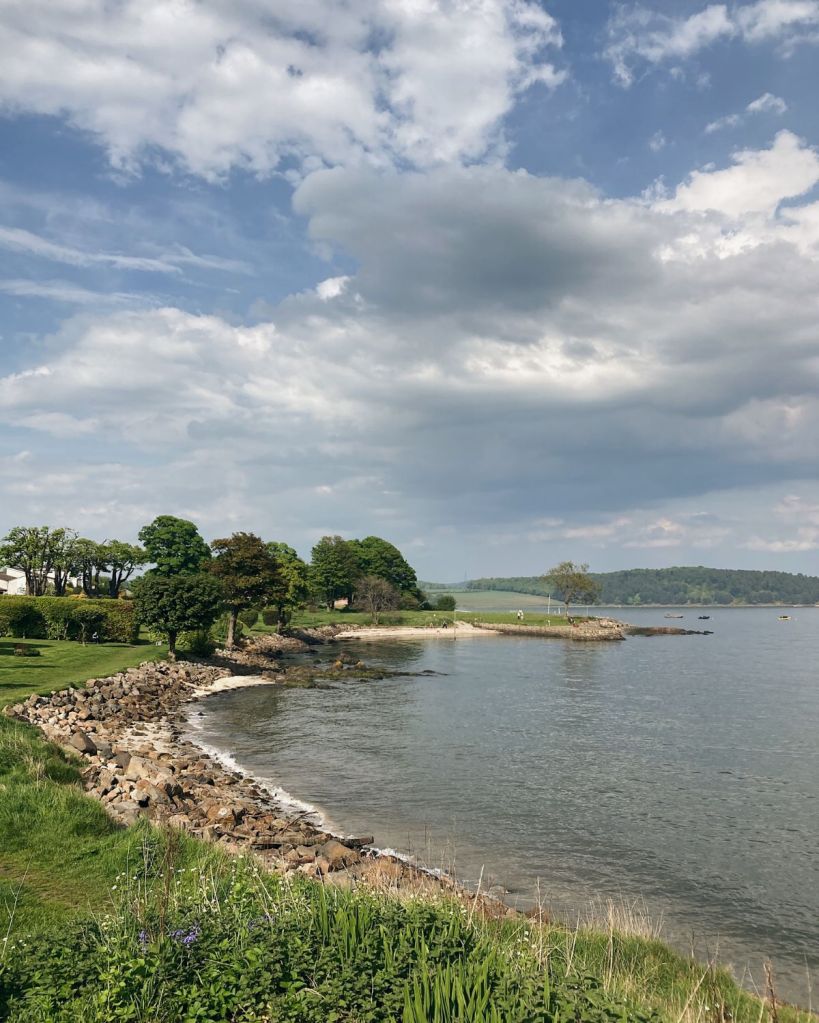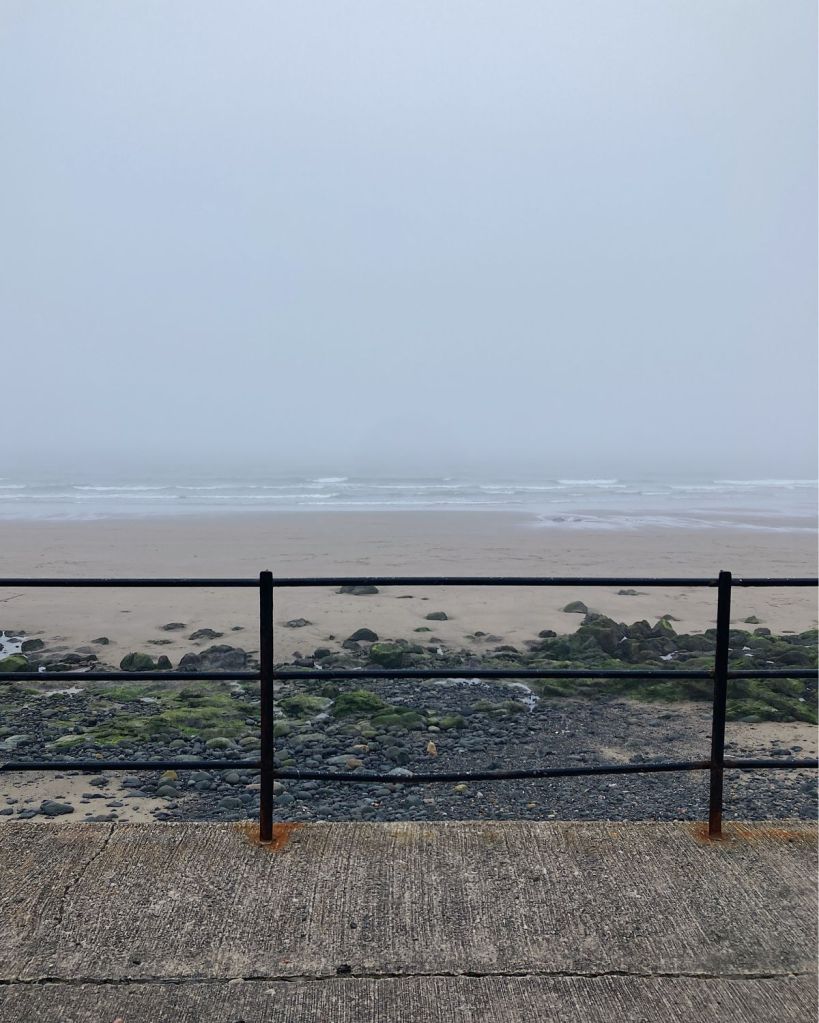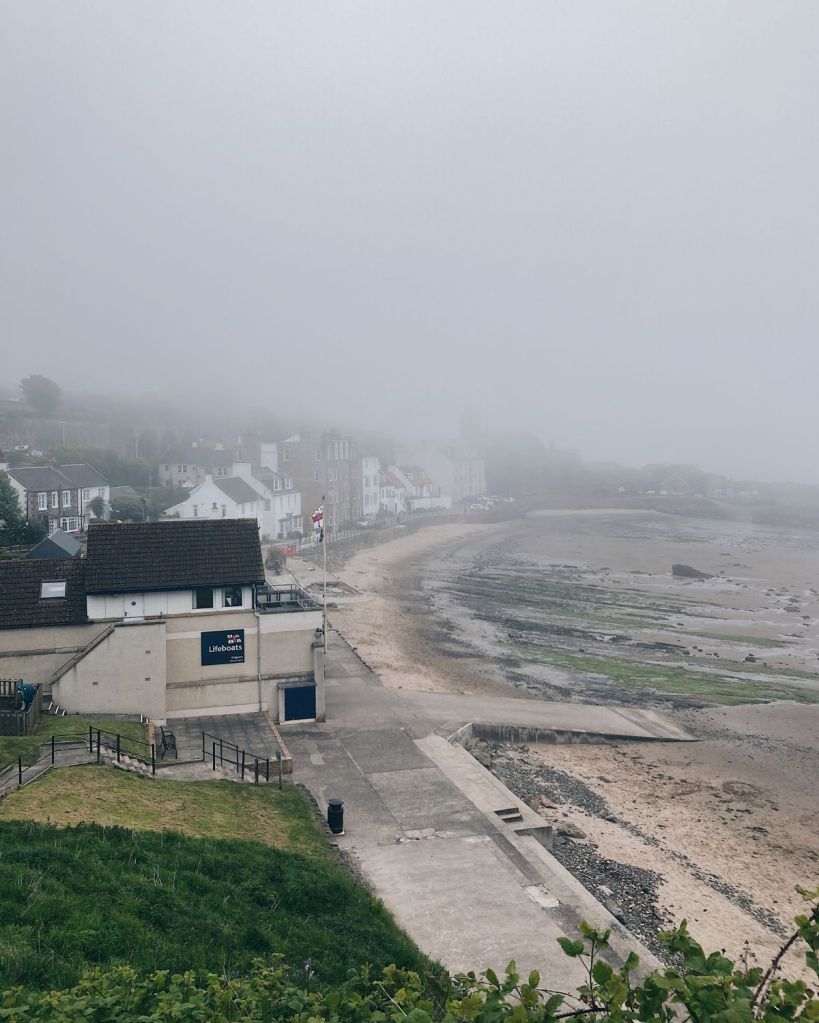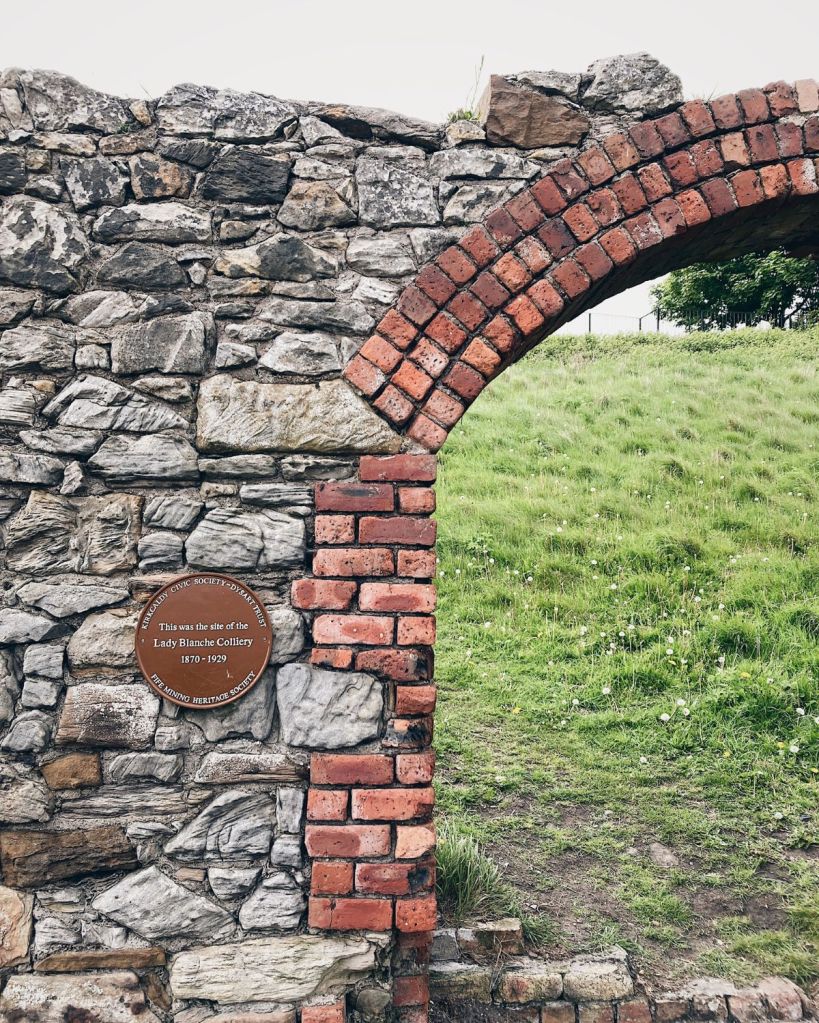Sometimes the paragraphs and pages come simply. And sometimes the mist rises more often, obscuring the words you hope to find. This is how May feels to me, sitting in front of a screen, trying to write.
Instead I look to the weather, and to the words of others. On my e-reader I tap through wonderful books: Noreen Masud’s A Flat Place, Colm Tóibín’s Brooklyn, and Arrangements in Blue by Amy Key.
The two memoirs in particular remind me that writing cannot be forced or sped up. It is slow. A thing of years, a journal of being, built in moments and months like this one.
Moon’s third quarter
As May blooms, I open the blind to find a dead crow on the pavement. It lies blank and black. I try to report it to both DEFRA and the council, but neither seem bothered because it’s not a big bird and it is alone.

Later that week, we wake to screams. The local crows are attacking their lifeless sibling, making holes in its body with their beaks, adding shadows. Beside them a bright purple alpine has just begun to flower.
New moon
The black night skies bring warm weather. I write in my journal, it feels hot today, like summer. The heating hasn’t been on at all this week but the house is already simmering. The ground warms my feet, chilblains quieting for the season.
Later I sit outside in the birdsong silence. I realise I’ve been alone with my thoughts more in the last few years than maybe ever before in my life, apart from that lonely year abroad in France when I was nineteen. I think, birds trill. Maybe they’re echoing a message back to me.
Waxing crescent moon
I wake early to a blue, hazy, spring day that promises heat. I sit in the garden for a few hours trying to put words onto virtual paper. The idea I have feels celestial but proves insurmountable as soon as I sit down to type. It’s the story of my spring.
At night, my phone lights up. AuroraWatch, geomagnetic activity. My brother sends photos soon after. He’s hanging out of his window looking at the Northern Lights. I try to do the same. The sky looks a little pink, then maybe green. Am I imagining it? The next day social media is either full of amazing photographs of the aurora, or a meme shared by people who missed it, already asleep.

I can share neither, so I find my meteorological marvels elsewhere. I’m getting good at predicting sea fog. The vane on my weather app has turned to come from the north-east. As we wander along the Fife Coastal Path by a local sailing club, I see the lightest of haars hanging over the Forth Estuary, separating Edinburgh’s sprawl from the water in a brushed white line.
Where by eye it’s faint, in the air the fog is strong. A cool refreshing breeze after the first few twenty-degree days this year. The kind of wind that bruises fresh foliage and blankets fields in the sea’s breath.
Moon’s first quarter
Another morning of thick sea fog. But this early in the day, when light comes from the east — the same direction as the haar does, over the North Sea — it feels heavenly. When these two forces align, the fog has a different quality than at night, when it often seems oppressive and constraining.

During the day it clears, but in late afternoon, we go for another walk near home. As I stand on the street, I realise we are under a clear oval of sky, still in the sun. Before us and behind us is white. I watch fog come over the low hills in the distance and for a second, it looks like smoke.
Waxing gibbous moon
Today would have been my grandmother’s birthday. My mum tells me she’s going to Largs. It was a favourite haunt of my grandparents, and now any time the seaside town is mentioned, I think of the King Creosote song of the same name. My mind’s still as blank / As that postcard we’ve barely begun.
The next day, I try to write about the idea of home. How I’ve moved from west to east. I can’t quite condense what it is I want to say. I give up and we go to the beach. But by late afternoon, the fog is dense and my binoculars are useless. We’re both freezing, fingers and ears turning shell-pink, the only ones silly enough to be out in this weather. If we were real Fifers, I think, we wouldn’t have chanced it.

I like being woken by the sound of a foghorn on spring weekends. On the Sunday, we take a trip along to an old harbour which I find beautiful, bordered by a few quintessential east-coast buildings with orange pantiled roofs. Further along, we find a plaque marking a former colliery and, in the distance, a rusting winch tower. Tomorrow the pressure will drop and the weather will break.
Waning gibbous moon
After work one evening, I speak to my dad on the phone. I tell him about the mining memorial we came across at the weekend and the documentaries I’ve been watching forty years on from the strikes.
In return, he shares a few stories about life in the 1980s, driving to Fife, the looming chimney at Longannet, visiting my great-grandparents in Valleyfield. I am quick to forget because the seams are frayed with age, but through them I am anchored to this place. The east coast is also home.

A few days later, it rains all through the night. After weeks of hot middays and murky haar, the leaves have opened to the sky like palms receiving a benediction.
The green humidity reminds me of late summer in the quieter years, when I watched a fierce summer storm from the windowsill, hoping that through heeding the skies I’d somehow still the tremors within.
Stay in touch
If you enjoyed reading this blog, you can sign up to get notifications when there’s something new to read on Hill & Haar. Thank you for supporting my work.
